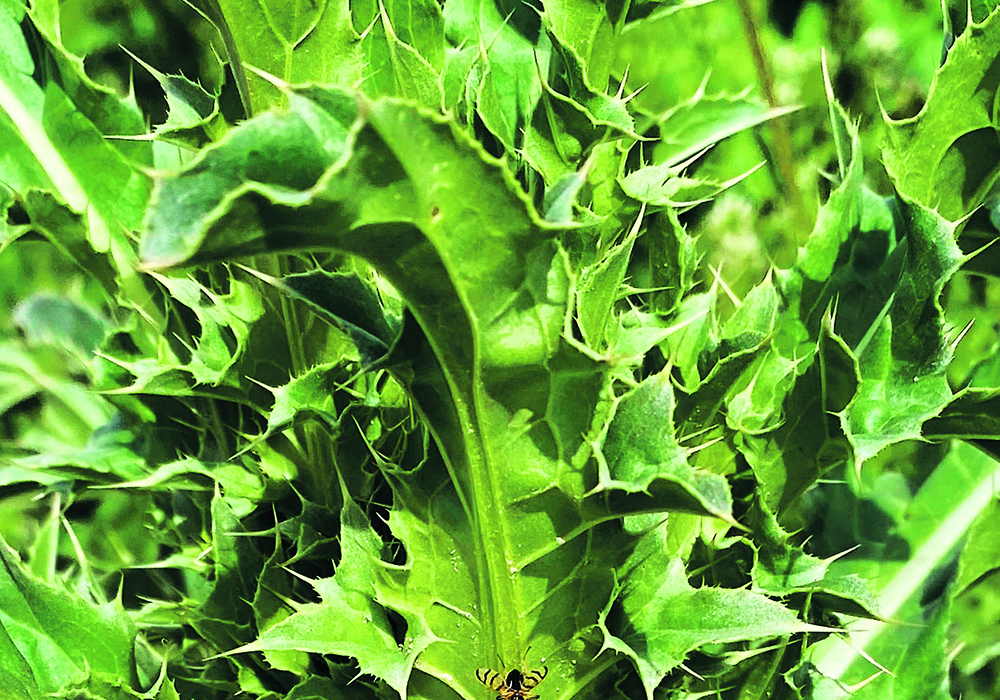The move to reduced tillage has created new weed problems and provided new opportunities for control.
Winter annual weeds fall into both categories.
They can be controlled with tillage, but that comes with the high costs of moisture, labour, fuel, soil condition and time.
Weeds such as narrow-leaved hawk’s beard, stinkweed, cleavers, flixweed and shepherd’s purse have become fall and early spring nutrient thieves.
The latter, also known as St. James weed, pepper plant, shepherd’s pouch and mother’s heart, has developed Group 2 herbicide resistance in Alberta.
Read Also

Equipment manufacturing may return to Canada
Some ag equipment and automotive manufacturers are now adjusting their production and distribution to avoid tariff costs in relation to supplying the Canadian market.
Shepherd’s purse produces up to 40,000 seeds per plant if given the chance and will flower all season long until freeze-up.
The hairy plant grows 50 centimetres tall with deeply cut, lobed leaves and sprouts from a rosette at the ground. Pods are flat with a notched top and contain about 20 seeds. Flowers are tiny and white.
Control is best in the fall.
While many broadleaf herbicides might control it in spring crops, it is tough to kill because it establishes in the fall, requires full rates and is best hit before it bolts.
There is no registered solution for non-herbicide tolerant canola, according to Manitoba Agriculture.
Fall control includes glyphosate and many of the broadleaf herbicides. Care must be taken when adding residual control and additional herbicide groups to a fall burn off. The fall -applied herbicide must be compatible with the spring crop.
This strategy provides greater control and improved spring weed situations.
Agronomists recommend waiting four to six weeks after combining to spray in the fall, giving weeds the chance to become active after the removal of the crops’ canopies.
Other harder to handle weeds such as thistle and dandelion can also be dealt with using fall applications of herbicide.
———
access=subscriber section=production, none, none














